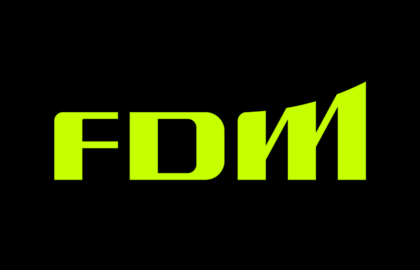At Flatiron School, we often consult with businesses facing a common challenge: They need people with specific digital skills that their current employees don’t have.
But finding new hires to fill tech jobs in a highly competitive market is expensive and time-consuming—and there’s always a risk that the investment in a new employee won’t work out. These companies need alternatives.
Upskilling — training existing employees to give them the skills your business needs — can often help companies fill open roles faster and at a lower cost than hiring new employees. (Developing your in-house talent can deliver other benefits, too, like a stronger workplace culture, more innovation and more diversity on your tech teams.)
After nine years of retraining talent for technology roles, and working with some of the world’s highest-profile brands to build the learning and hiring programs they need, we at Flatiron School have spotted patterns among successful upskilling initiatives.
Here’s what our upskilling program development looks like:
Step 1: Define goals for your digital upskilling program
Our Enterprise Training team consults with your stakeholders to understand your goals for training.
Those goals could include:
- Adding new skills to support a particular business function
- Offering tech skills training as an employee benefit to increase retention
- Supporting growth plans and business execution
- Developing a predictable cadence for filling tech job openings
- Other upskilling needs
At this stage, we also discuss any constraints you may have, such as timeline and budget.
Step 2: Understand your program inputs
Once you know your goals, we talk about your people—the inputs for your upskilling program. The number of people you want to upskill and the existing knowledge they’ll bring to the program will help shape the curriculum.
For example, does everyone in your company need to be familiar with product design? Maybe you have a team that needs to train on one skill, like microservices on Java. Or you might just need to upskill a few managers to take the lead on some specific projects.
This is the stage where we learn more about your people, too. We excel at delivering instruction that works for diverse groups—we’ve trained students from non-degree-holders to master’s students. We do this by understanding your employees’ tech-training starting points and preferred learning modalities.
We also talk with you about how much time these employees can devote to your upskilling program. Some clients opt to make learning part of the work day, while others choose full-time immersive upskilling programs.
Step 3: Create your upskilling program
Once we’ve defined your goals and understand your inputs, we build the program based on the options that will work best for your employees to meet your goals.
Those program options include:
- Core content: We offer training in software engineering, data science, cybersecurity engineering, product design and devops.
- Custom content integrations: We can tailor your upskilling program to include instruction about your business tools and apps. For example, if your company uses Azure, we could integrate that tool into the program. This kind of custom content enhances theory with practical training.
- Duration: Short form upskilling courses can require anywhere from a single day to a few weeks to complete. Longer reskilling courses can require up to several months, depending on the scope of the content and your goals.
- Location: Does it work best for your employees to learn in person or online?
- Schedule: Will your employees attend your upskilling program part-time or full-time? We build the schedule you need based on your timeline and employee availability.
- Instruction: We provide synchronous (real-time group instruction) and asynchronous (independent) learning options, based on your employees’ needs and your goals.
Every Flatiron School upskilling program includes the elements that make our graduates such sought-after employees. Our community approach to learning includes instructor-led and peer-to-peer learning, pair programming, group projects and mentoring to make sure your employees get the most value from the program.
We also continuously assess progress with quizzes, projects, and check-ins with instructors. We offer targeted intervention when a learner is having difficulty with a concept, with the goal of helping every student understand and gain confidence with the new skills they’re learning.
Step 4: Set target business outcomes for your upskilling program
With your goals and inputs defined and a plan for your program, we work with you to define the outcomes of your upskilling investment. For example, we’ll identify the level of technical proficiency you expect participants to attain and ensure that it aligns with your goals for their future roles in your company.
Target outcomes often come in the form of job descriptions for target roles, or an accounting of responsibilities employees would take on with their new skills. What will this person be able to do, that they couldn’t do before?
How long will it take to build your company’s upskilling program?
In most cases, it takes a month or two to move from discovery through building your program, defining your outcomes, and finalizing the plan. However, the process can take as little as two weeks if needs are already clear, and stakeholders can dedicate time to working through the steps quickly.
We’re ready to help your company resolve your challenges around recruiting, hiring, workforce development, retention and more. Contact our Enterprise Training team to get started.




